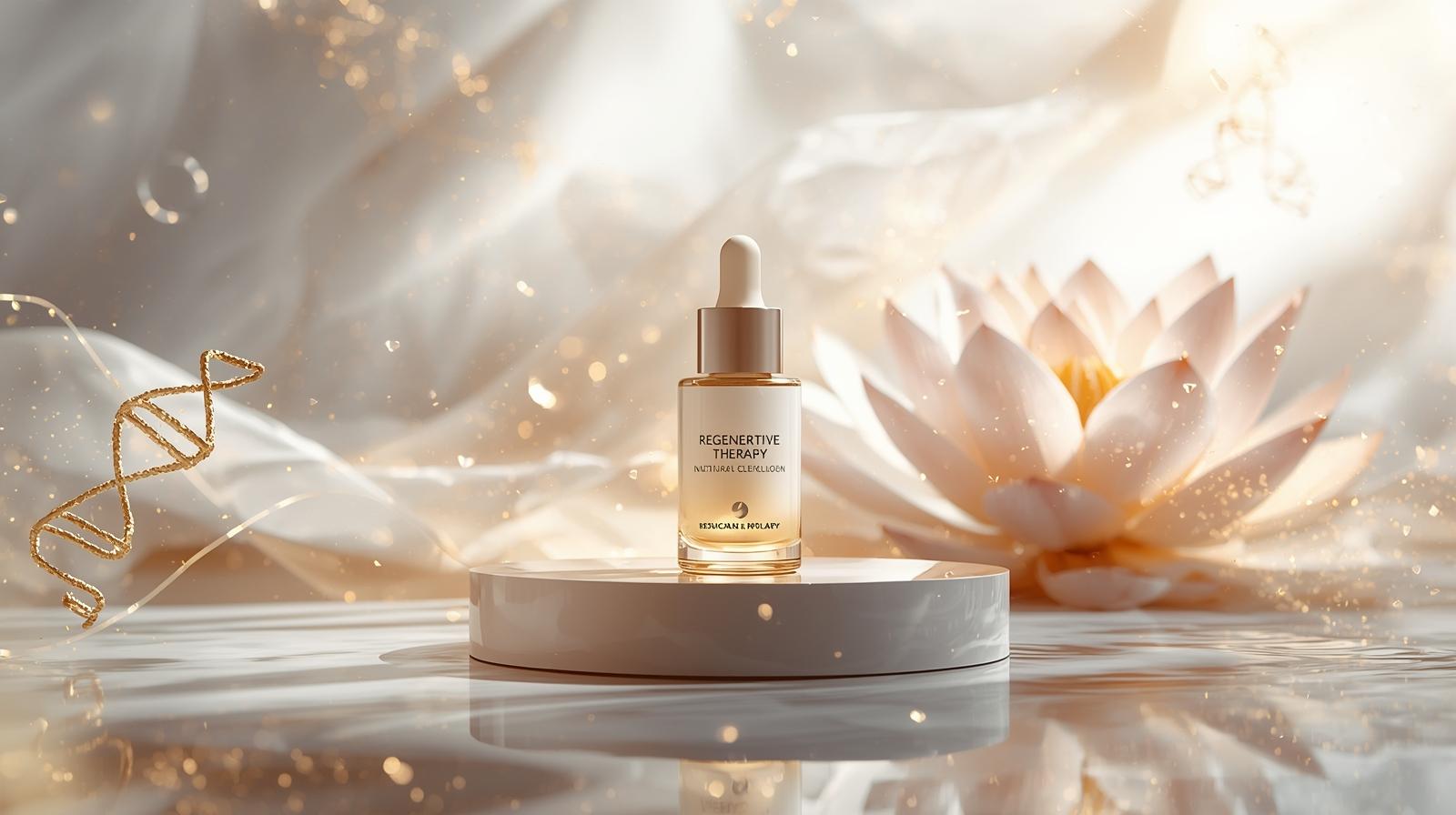Currently Empty: ₨0.00
For years, dermal fillers dominated the aesthetic industry, offering instant plumping and contouring. But in 2025, a major shift is underway: regenerative aesthetics. Instead of simply filling lines or adding volume, these treatments focus on stimulating the skin’s own healing and repair processes to create results that look natural, last longer, and actually improve skin health over time.
From polynucleotides to collagen stimulators to fat transfer, regenerative aesthetics are redefining the future of anti-aging.
Why the Shift Away from Heavy Fillers?
While fillers can deliver quick transformations, they come with limitations:
- Risk of overfilled or unnatural appearance
- Potential for migration or irregularities over time
- Temporary effect, requiring ongoing touch-ups
- Growing demand for “undone” natural beauty
Today’s patients—especially in the U.S. and Europe—want longevity, subtlety, and skin health, not just instant correction.
What Is Regenerative Aesthetics?
Regenerative aesthetics uses treatments that stimulate or restore the body’s own biological processes for anti-aging and skin rejuvenation. Instead of adding something artificial, they encourage the skin to:
- Produce more collagen and elastin
- Improve texture, hydration, and elasticity
- Heal itself from the inside out
- Deliver long-lasting, natural results
Key Regenerative Treatments Leading the Trend
1. Polynucleotides (PN / PDRN)
- DNA-derived molecules that promote cell repair, hydration, and tissue regeneration
- Improve elasticity, fine lines, and overall skin quality
- Popular in K-beauty and European clinics, now rising in U.S. markets
2. Collagen-Stimulating Injectables
- Examples: Sculptra (poly-L-lactic acid), Radiesse (calcium hydroxyapatite)
- Work by triggering the skin’s natural collagen production over months
- Results: gradual volumizing, improved firmness, and smoother skin
3. PRP & PRF (Platelet-Rich Plasma/Fibrin)
- Use the patient’s own blood to deliver growth factors that boost healing and rejuvenation
- Often paired with microneedling or lasers for enhanced results
4. Fat Transfer & Nanofat Grafting
- Uses your own fat as a filler and stem cell source
- Provides volume while supporting skin regeneration and repair
- Seen as a natural, biocompatible alternative to synthetic fillers
5. Exosome Therapy (Emerging)
- Tiny cellular messengers that deliver growth signals
- Early research suggests they may accelerate repair and anti-aging at the cellular level
Regenerative vs. Fillers: Key Differences
| Feature | Traditional Fillers | Regenerative Aesthetics |
| Approach | Add volume directly | Stimulate natural repair |
| Results | Instant, but temporary | Gradual, long-lasting |
| Look | Risk of overfilled or artificial | Subtle, natural |
| Focus | Cosmetic correction | Skin health + longevity |
Who Are Regenerative Treatments Best For?
- Patients seeking natural results
- Those experiencing filler fatigue (overfilled look, too frequent touch-ups)
- Early anti-aging prevention (improving skin quality before deep wrinkles form)
- Mature patients wanting long-term rejuvenation instead of short-term fixes
Final Thoughts
The future of aesthetics is shifting from “fill and freeze” to heal and regenerate. By focusing on polynucleotides, collagen stimulation, PRP, and fat transfer, regenerative aesthetics deliver not just cosmetic enhancement but true skin longevity and resilience.


